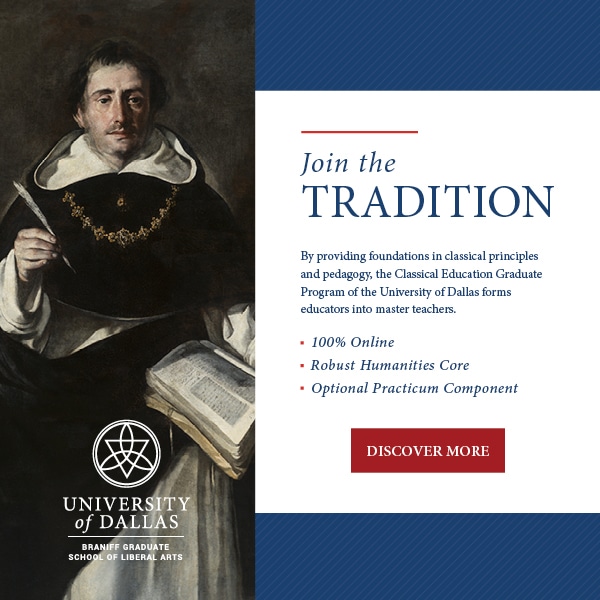Practice Makes…Something
At the end of summer, our family escaped to the Shawnee Hills of southern Illinois, where we have a small house. In fact, the house is so small that the ten of us find it more comfortable to spend most of our time in the yard.
Traffic on the gravel road was moderate that night, with neighbors slowing their Gators to take a gander at us. Then one of them pulled into the yard. It was Larry, so we knew we were in for some tall tales. But his first question was, “Is that a mandolin?” MANdolin, dactylic.
“Yes,” I said, “but I don’t really know what I’m doing with it.”
“How bout that!” he said. “Can I see?” I handed it over, and he settled it against his vast upper body. The instrument awakened in his hands, sending happy chords bounding for the first time in its life. My husband and kids gawked along with me as Larry’s fingers, nearly as hard as the coal they have mined for forty years, drew out the bright notes. After a while he stopped and looked over the strings and body. “That’s a nice little MANdolin,” he said.
—
Music is not something all people naturally love. In this way it is similar to math, athletics, art, history, reading, olives, and rain. Music, like most subjects, is usually taught by those who love it. This cuts both ways. Lovers of music wish to awaken that love in others. But they may also struggle to see that music—especially in combination with certain expectations that surround musical instruction–is hard for some people to love.
Formal musical instruction is mostly directed toward performance, but performance comes with costs. Many people dislike any performing, and musical performance can impart an acute variety of anxiety and dread. When performance is always the goal, students quickly lose sight of any other reason for music. –Why do we play music? –For God, and our moms and dads. –Is there any other reason? Don’t ask me. Ask a few kids at a classical school and see what they say.
Further, even a school environment that is comparatively rich in musicality is not “enough,” if by enough we mean sufficient to equip children for serious ongoing musical study. Private lessons are still necessary to qualify students for high school orchestra. The investments required for musical education beyond that do not diminish. The question is whether serious ongoing musical study is a good goal for school music programs. If not, what is a good goal?
Arguments against formal goals for music are out there. Mark Oppenheimer suspects that kids would be better off putting lots of time, money, and emotion into learning to sew or fix engines. Kate Wagner appeared to do everything right musically, only to dead end into massive debts and lasting physical injuries. At First Things, Betsy VanDenBerghe describes her experience with “Suzuki Method Uber-Parenting” as “off-kilter,” “unsavory,” and “narcissistic.”
These writers suggest that the drive for children to learn classical instruments has more to do with social status than with vague appeals to discipline and music appreciation. Tiger mother Amy Chua famously asked why the only instruments she considered acceptable for her children were violin or piano. Paul Fussell’s incisive Class: A Guide Through the American Social System had the answer a decade earlier: we are secretly happy to learn that the neighbor’s kid plays the trombone, and not the vaunted violin. The violin can sing a lot of songs, but they’re all high class.
Well, you can’t spell classical without class. Classical schools are concerned with instruction that bears the weight of Western civilization authentically. This includes musical instruction, and strongly favors classical instruments. But is violin the best instrument classical schools can select? Violins are fussy and expensive, and therefore inclined to elitsm. Violin instruction might elevate the masses . . . or it might humiliate them when they audition in Goodwill shoes, never having had a private lesson.
Violin is also a performance instrument. When the violins are playing, we usually have to be quiet and listen. The piano is as welcome in church as it is in a bar or a concert hall. In the former two places, it invites us to sing along. Piano instruction has downsides, too: Dave Barry never called the violin a piece of furniture, and it’s harder to teach piano to a group. But there are solutions to these problems at least as workable as those applied to violin problems. In addition to avoiding over-prioritization of performance, piano offers musical advantages. It teaches bass clef (one of the bigger clefs). It also lays a better groundwork for development into other instruments. Teaching kids piano is like teaching them Latin, while teaching them violin is like teaching them Italian.
What is it that we want out of musical instruction? Is it for one of ten thousand classical kids to land in a professional orchestra? Or for many of them to have their fingers tingle when they see that somebody else at this shindig is holding a MANdolin, and be so bold as to ask for a go at it?
I know what I want. I want my kids to learn that music is a great way for people to be happy together, and that Chesterton was right when he said that anything worth doing is worth doing badly. Is it so far-fetched to moot that classical schools take a different approach to music than that commonly taken by the uncommon class of classical musicians?
If we can manage to get violins into the grubby hands of kindergarteners, surely we could find them ukuleles. The uke is a gateway instrument to the world of strings: that folk/classical chimera the guitar; the merry realm of bluegrass; even the magisterial violin. But the majority who won’t enter that gate would still have been given a future of musically elevated bus trips, campfires, and evenings on the porch.
If we can get parents to keep coming to years of concerts rooted in “I’m a Little Monkey,” maybe we could get them to come to sing-a-longs. Parents and kids could have fun together rather than enduring a performance only a few truly want.
If we have talent shows, let the performers be drawn from the larger school community rather than just the student body. Let children see their families drawn into the excitement of preparation for a performance of their own design, and let them see creativity at work among different skills, instruments, proficiencies—and grownups who aren’t career musicians.
Practice does not always make perfect, and music is not the best place for all people to learn how to practice. In a culture more internally driven to learn about practice at the gym, music has a different opportunity. Relieved of the pressure to impress and out-class, music may be genuinely cooperative, ease-y, and fun even for those without a strong musical inclination. Music can be the place where children learn life’s happiest lesson: practice makes pretty darn good, when pleasure makes you practice.
Rebekah Curtis
Rebekah Curtis's writing has appeared in print at Chronicles, Touchstone, Salvo, Modern Reformation, The Natural Family, and Lutheran Forum; and online at First Things, University Bookman, Front Porch Republic, and Imaginative Conservative. She is co-author of LadyLike (Concordia 2015) and hold a master's in exegetical theology from Concordia Seminary. She volunteers in her children's classical school and has a large pile of violins next to her piano.











